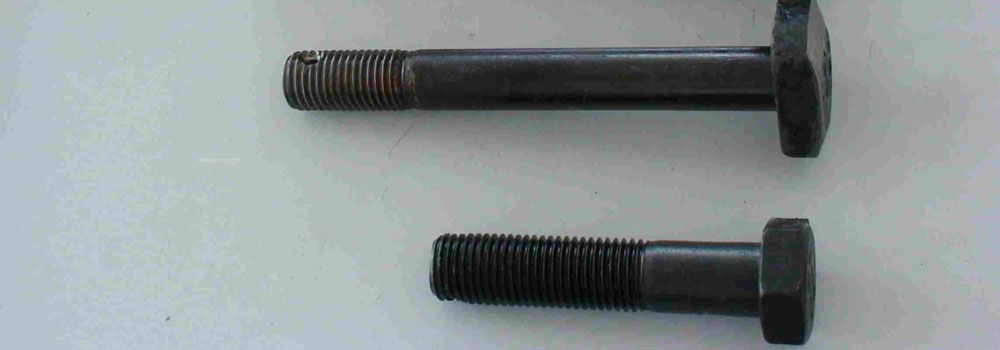Sleeve anchors and expansion bolts are both types of mechanical anchors used for securing objects to concrete, masonry, or other solid materials. While they are often used interchangeably in certain applications, they have distinct differences in design, installation, and applications. Here’s a comparison of the two:
Sleeve Anchors
Design and Components
- Structure: Sleeve anchors consist of a threaded bolt, an expander sleeve (typically made of metal), and a nut and washer. The sleeve covers the bolt and expands against the walls of the hole when the nut is tightened.
- Materials: Typically made of steel, stainless steel, or zinc-plated for corrosion resistance.
Installation
- Drilling: A hole is drilled into the base material slightly deeper than the anchor's length.
- Insertion: The sleeve anchor is inserted into the hole.
- Expansion: As the nut is tightened, the expander sleeve is compressed and expands outward, securing the anchor in place.
Applications
- Light to Medium Loads: Suitable for light to medium-duty applications in concrete, brick, and block.
- Versatile Use: Commonly used for attaching fixtures, signs, and supports in non-critical applications.
Advantages
- Ease of Installation: Generally easier and quicker to install compared to some other anchors.
- Adjustability: Can be adjusted slightly by loosening the nut if needed.
- Versatility: Available in various sizes and materials to suit different environments and loads.
Expansion Bolts
Design and Components
- Structure: Expansion bolts consist of a bolt, an expansion sleeve or cone, and a nut. As the nut is tightened, the expansion mechanism presses against the hole’s sides.
- Materials: Often made of high-strength steel or stainless steel for heavy-duty applications.
Installation
- Drilling: A precise hole is drilled into the material, matching the bolt size.
- Insertion: The bolt is inserted into the hole, with the expansion mechanism positioned inside.
- Expansion: Tightening the nut pulls the bolt, causing the sleeve or cone to expand and grip the base material tightly.
Applications
- Medium to Heavy Loads: Designed for medium to heavy-duty applications in solid concrete.
- Critical Applications: Used for structural anchoring, machinery mounting, and heavy equipment installations.
Advantages
- High Load Capacity: Offers strong holding power for heavy loads and critical applications.
- Security: Provides a secure, non-loosening grip in concrete.
- Durability: Withstands high stress and vibration without compromising the integrity of the fastening.
Key Differences
- Load Capacity: Expansion bolts generally offer a higher load capacity than sleeve anchors, making them suitable for heavier and more critical applications.
- Design and Mechanism: Sleeve anchors expand the sleeve against the base material, while expansion bolts use an expansion cone or sleeve for gripping.
- Installation Surface: Sleeve anchors are more versatile and can be used in concrete, brick, and block, whereas expansion bolts are typically used in solid concrete for maximum strength.
- Adjustability: Sleeve anchors allow for some adjustability after installation, while expansion bolts provide a more permanent, secure fastening.
For More Information : https://www.globalsteelindustry.com/





Comments